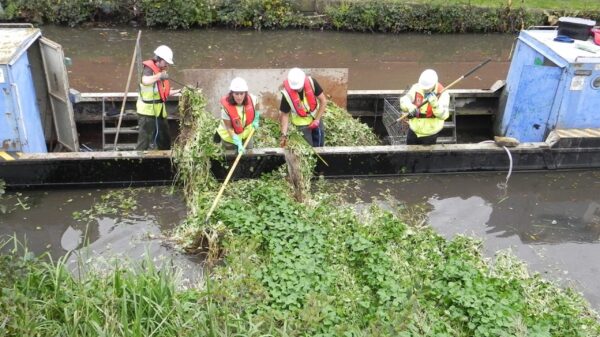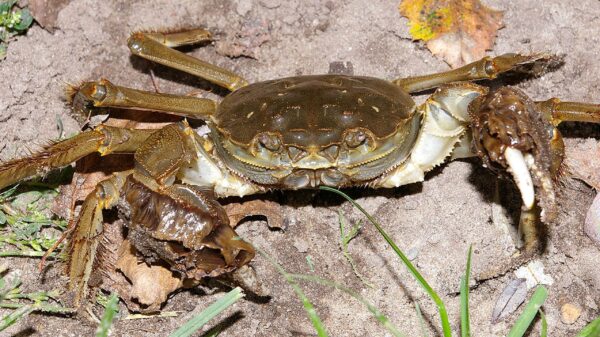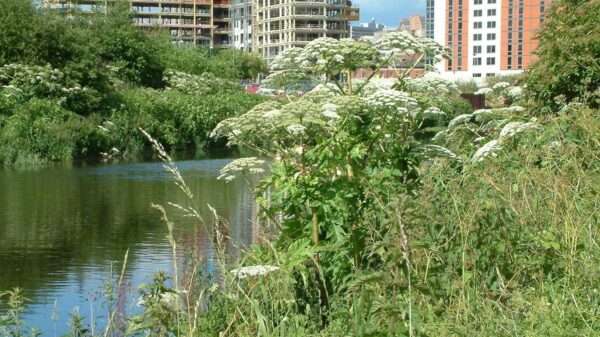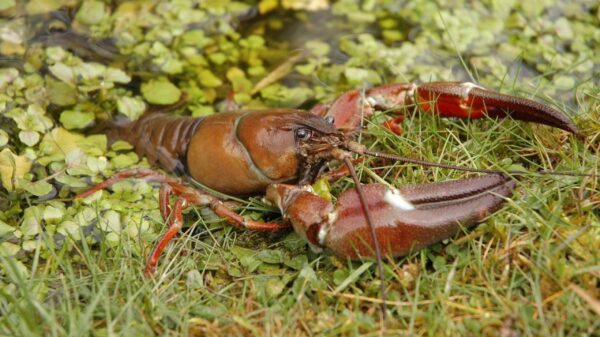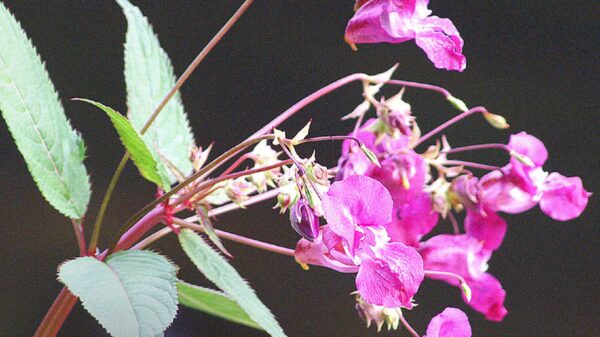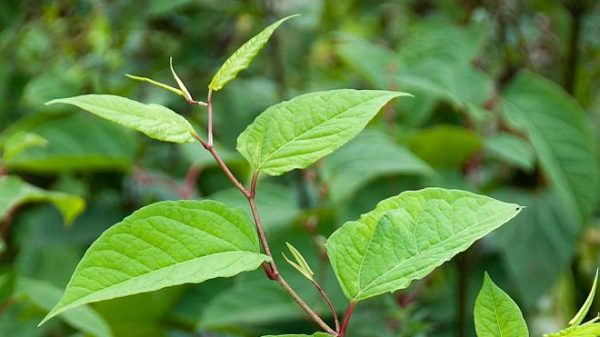What is Japanese Knotweed?
Japanese Knotweed (Fallopia japonica) is a non-native invasive plant originating from Japan, Taiwan and Northern China. Bought over here in the 19th century, the plant was grown and sold as an ornamental plant. Japanese Knotweed is a tall herbaceous perennial plant, which forms dense bamboo like thickets. This species is widespread across the UK, with infestations obvious and notable.
Why is it a problem?
Spread
Despite only being able to spread through vegetative means in the UK, all it takes are a few fragments from the stem or rhizome to sprout in a new area, making it extremely difficult to effectively control the spread of this plant. Japanese Knotweed grows particularly well on disturbed areas of land which can include urban areas, waste sites, road sites, railways and riverbanks.
Environment
Able to survive naturally within the UK, Japanese Knotweed has unfortunately become a common sight across much of the UK, even colonizing alongside our waterways. Japanese Knotweed can grow in dense thickets which can outcompete and shade out native species, reducing biodiversity.
Boating
Japanese Knotweed contributes to bankside erosion as well as increase the likelihood of flooding. The plant is able to find weak spots in man-made materials such as cracks and defects and can often be seen growing through asphalt, patios, landscaped areas and even concrete. This can pose a threat to buildings, structures and our waterways, potentially degrading locks, walls and banks, affecting integrity of a waterway.
Identifying Japanese Knotweed
Japanese Knotweed is a terrestrial plant forming dense thickets of vegetation once established and can be found in most habitats across the UK.
- The hollow stems can grow up to 4 metres (13.1ft) tall in each growing season
- The leaves are green, shield shaped and have a flat base typically ranging in sizes between 7-14cm long and 5-12cm broad.
- The leaves which are divided into leaflets are alternate meaning the leaves are not directly opposite each other on the stem.
- In late summer spiky stems with creamy white flowers can be seen.
- The stems form a zig-zag pattern seen throughout the year, varying in colour throughout the seasons.
- The plant has purple speckled stems in spring/summer, losing its leaves and dying back in autumn/winter, turning brown in appearance. T
- The roots are dark and knotty in appearance having a bright orange inside.
Visit the Non-Native Species Secretariat website for more information on identifying Japanese Knotweed


